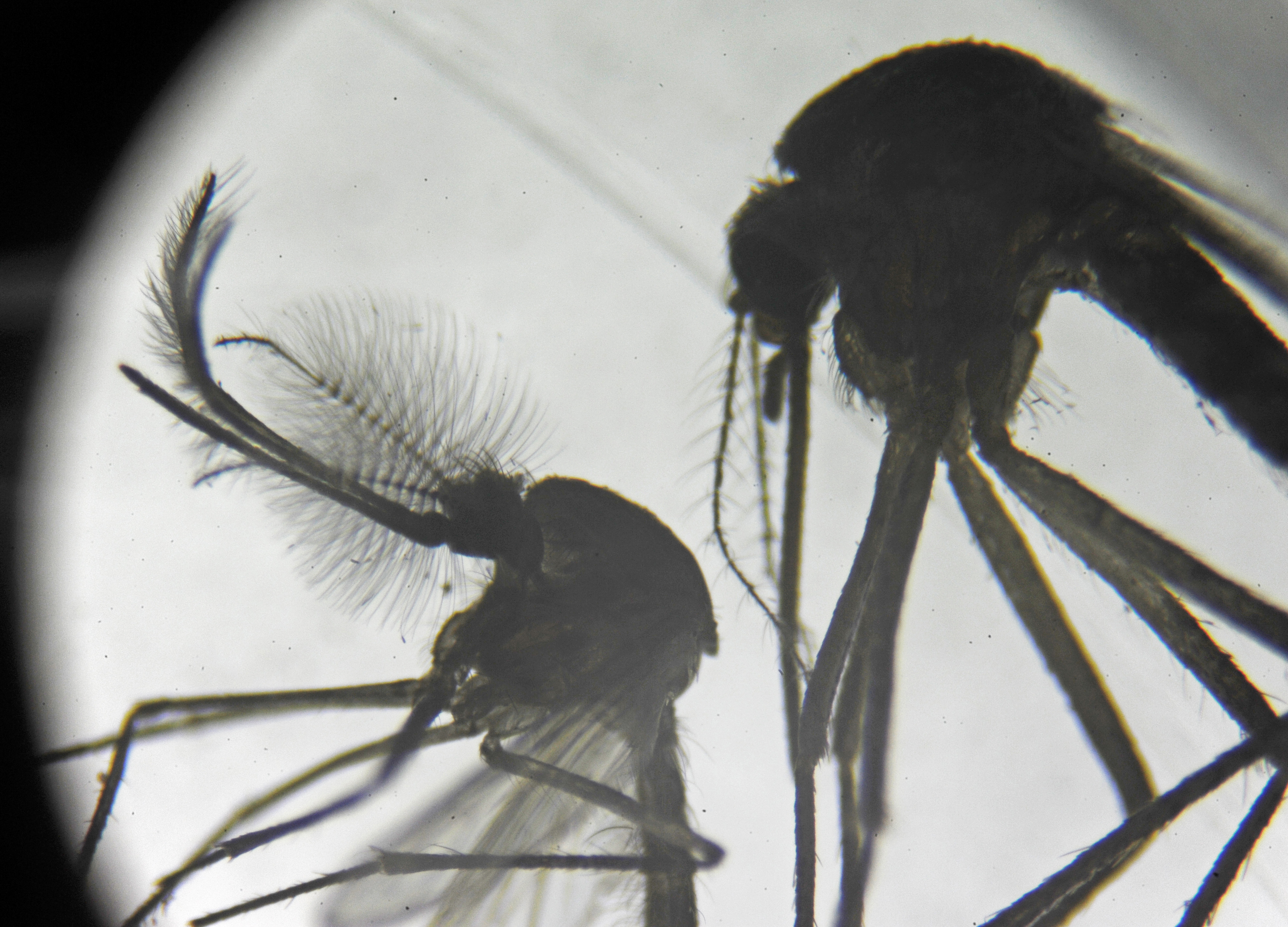Most Americans know that the Zika virus is transmitted by a mosquito but many don’t know which mosquitoes transmit it, which ones bite, and what regions they inhabit, according to the latest survey on Zika from the Annenberg Public Policy Center (APPC) of the University of Pennsylvania.
The survey of 1,020 U.S. adults, conducted March 22-26, found that 82 percent of respondents correctly say that scientists think that one can get the Zika virus by being bitten by a mosquito that has already bitten someone who has the virus. But 40 percent of people incorrectly think that both male and female mosquitoes bite. Only females bite.
The Annenberg Science Knowledge (ASK) survey also found that:

- Most people (56 percent) say – incorrectly – that scientists have established that the female of most of the 3,500 species of mosquitoes can transmit Zika. In fact, Zika is transmitted primarily to humans by the Aedes mosquito, in particular the species Aedes aegypti (commonly known as the yellow fever mosquito). A second species in the United States, Aedes albopictus (the Asian tiger mosquito), also carries and transmits the virus, according to the Centers for Disease Control and Prevention (CDC). Two other Aedes species were thought to be vectors in French Polynesia and Micronesia.
- More than 4 in 10 people (45 percent) say, inaccurately, that the mosquito that carries Zika can be found in every state in the continental United States. Newly released maps from the CDC show expanded range estimates for both Aedes mosquitoes. The ranges extend across southern states from coast to coast, the eastern United States and parts of the Midwest, especially for Aedes albopictus. CDC maps are here.
- Despite widespread awareness that Zika is transmitted by mosquitoes and continuing news coverage of the outbreak in Latin America, nearly 1 in 5 people (18 percent) incorrectly say that scientists think that Zika can be transmitted by sitting next to someone who has it – a number that has not substantially changed since results were last reported on Feb. 23.
The ASK survey is the seventh in a series on Zika and its health, policy and behavioral implications. The phone survey was conducted for APPC by the research firm SSRS among 1,020 U.S. adults and has a margin of error of ±3.7 percent. For questions and data from the survey, click here.
Watch a video from APPC’s FlackCheck.org highlighting some differences between male and female mosquitoes here:
For other recent APPC surveys on Zika, click on the links:
Just Over Half of the U.S. Public Favors Using GM Mosquitoes to Fight Zika (March 24, 2016)
Nearly 2/3 of Americans Claim ‘Poor’ or ‘Fair’ Understanding of GMOs (March 18, 2016)
More than 4 in 10 Mistakenly Think Zika Is Fatal, Symptoms Are Noticeable (March 10, 2016)
Most Americans Would Likely Alter Travel Plans to Avoid Zika (March 3, 2016)


